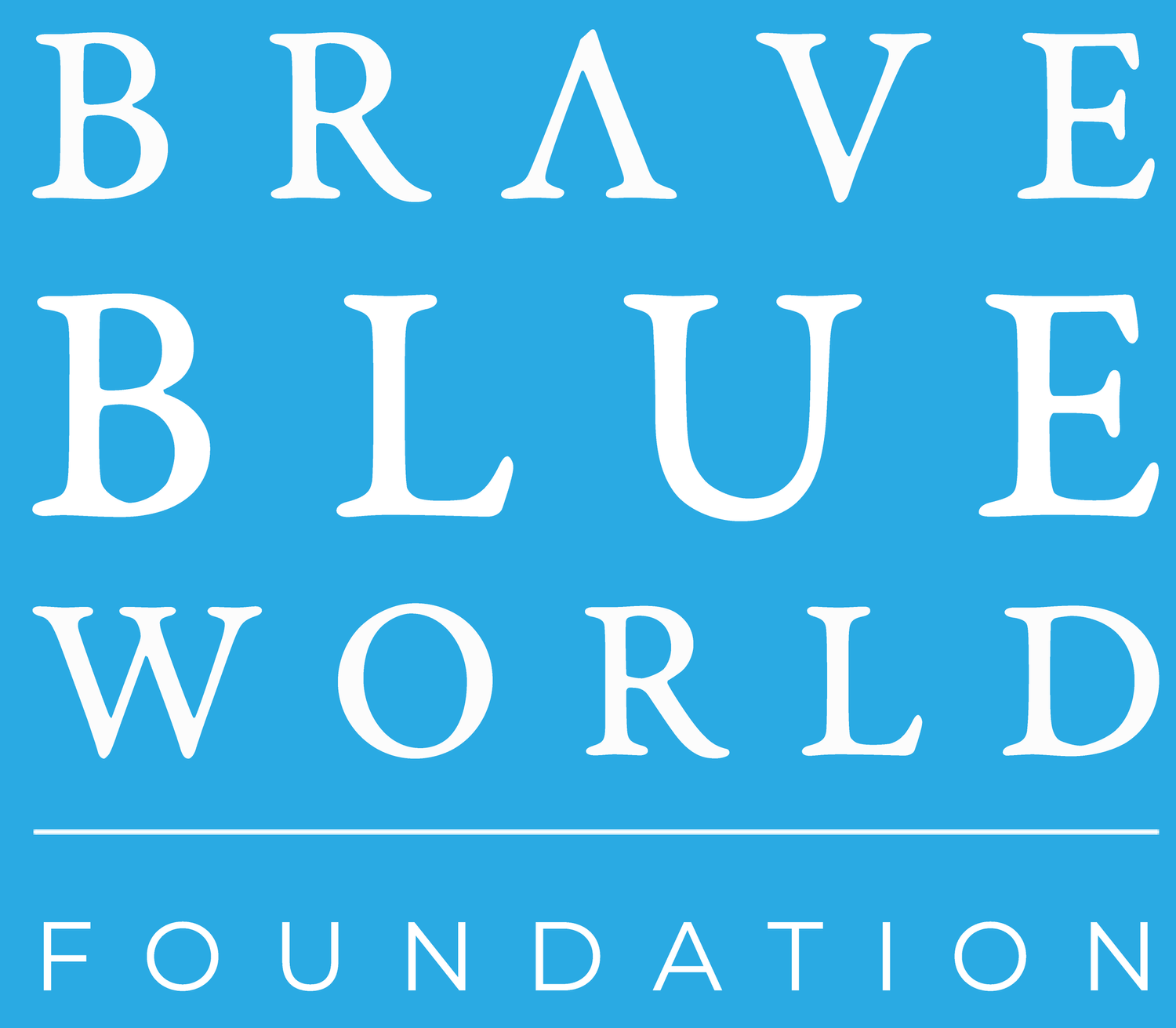Treat, use, repeat – the truth about wastewater reuse
With Indian city Chennai and others on the brink of a ‘Day Zero’ drought, could cleaning up and reusing wastewater provide valuable fresh water? Why is water reuse successful in some countries but not others? In this Brave Blue World podcast, Jon Freedman from SUEZ Water Technologies & Solutions talks to Tom Freyberg to demystify water reuse and discuss what’s really holding it back https://spoti.fi/2K9pzgs
“Water reuse is taking wastewater and instead of discharging it into an ocean or a river, it’s treated to such a high degree, that you can reuse it for things like growing crops, or running power plants, or it can even go in drinking water reservoirs.”
This explanation from Suez’s Jon Freedman makes implementation of water reuse sound like a no-brainer. So why is only a small proportion of the world’s wastewater being reused?
Freedman said: “Water reuse is a great way to sustainably increase our supply of water forever. We are seeing an increase in scarcity in many parts of the world, we have all the technology today to treat wastewater so it can be used and yet globally just three to four percent of the world’s wastewater is being treated for reuse.”
Obvious public perception issues around water reuse, particularly for drinking water, is a major hurdle to overcome, the challenge being how to communicate that it is safe to reuse water, not only in agriculture and industry, but as drinking water, too. The World Health Organisation says reuse represents “a practical source of drinking water in specific circumstances” and with highly refined treatment processes, underpinned by stringent regulations, it is certainly not a case of “from toilet to tap”, as some might fear.
When it comes to education and changing opinion, leading the way is Singapore, said Freedman, where 40% of the drinking water supply comes from treated water and the government has made water reuse part of the curriculum in schools. Israel and parts of America, including California, are also making great strides.
With governments worldwide coming under increasing pressure to rethink their policies on water reuse, and more taking steps to introduce it, the process of reusing water for drinking has received a valuable public relations boost from a US television host. Freedman said: “Jon Stewart from The Daily Show did a segment on this specific issue and said ‘look, we’re not just sticking a straw into the toilet and drinking it. There are a lot of steps in between’.
But according the Freedman, while technology, education and awareness are key, the main thing holding back widespread water reuse is currently cost. “It’s simply cheaper to take more water from the ground than it is to buy and implement water reuse technologies. So, we really have this opportunity for governments to step in and say ‘look, we have an increase in scarcity in many places, we have a huge reservoir of wastewater that we could use to address water scarcity. It’s much more economical, on average, to use treated wastewater than it is to desalinate water, so let’s put into place some policies that will promote greater water reuse’.”
Hear the full conversation, including the idea of potentially repricing water, in this podcast https://spoti.fi/2K9pzgs
A draft water reuse action plan from the US Environmental Protection Agency will be published on September 9 - https://www.epa.gov/waterreuse/water-reuse-action-plan
